
If you are thinking of selling your home, don’t get overconfident. There are mistakes that can leave your home sitting on the market longer than it should.
As a seller, the challenge is to make your home as appealing as possible — and that means rolling up your sleeves and investing a bit of time and money to clean, repair and spruce it up.
However, too many homeowners fail to take such steps. Here are the ways many sellers shoot themselves in the foot.
1. Dirt and neglect

Many buyers want a home in move-in condition. Few things are less appealing than inheriting the previous owner’s dirt. So, make a great impression by cleaning up the place until it sparkles. Also, replace missing or broken hardware and old toilet seats.
Do this: Imagine your home through a buyer’s eyes as you:
- Scrub every cranny, cupboard and baseboard from basement to attic. Scour kitchen grease and dirt, and dust around and under appliances.
- Clean tile and grout.
- Install fresh drawer liners.
- Replace old drawer pulls. (Ikea has good-looking, cheap ones.)
Cost: Elbow grease and $200 to $500 for cleaning supplies, hardware, toilet seats and drawer paper.
2. Odors

Smells are a serious turnoff. Many real estate agents tell clients to avoid cooking fish or frying food while the home is up for sale.
Pet odors can be the most offensive of all. In fact, some real estate agents advise clients not only to banish litter boxes and smelly dog beds, but also to remove any evidence of pets — including the pets themselves — while selling a home.
Do this: Clean thoroughly, including the refrigerator, freezer, stove and oven. Rip out carpets. Scrub toilets. Use baking soda in drains, including the garbage disposal. Remove trash and kitchen waste daily and before a showing.
Tuck lavender sachets in drawers, and put fresh flowers here and there, changing them frequently. Don’t try masking bad smells. Get rid of them with enzyme cleaning products or by removing the problem. Avoid chemical fragrances that may offend buyers or trigger allergies.
Cost: Your labor plus the cost of boarding pets, which can range from $20 to $70 per day per pet, depending on where you live.
3. Clutter
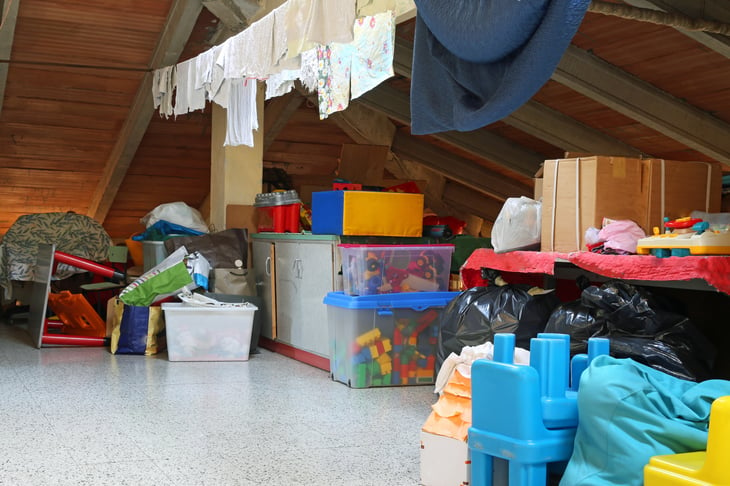
People shopping for real estate want to picture themselves living in your home. The less of your stuff they see, the easier that is. Minimal furnishings also make your home appear larger.
Do this: Remove and store any items that are visible on counters, floors, furniture and tables, and under beds. Remove photos and collections on walls, shelves and bookcases. Keep art and decor clean, minimal and attractive, but impersonal. Make it look like a nice hotel.
Cost: Figure on spending at least $100 for organizing and cleaning materials and more if you must rent a storage facility or a truck for hauling.
4. No curb appeal
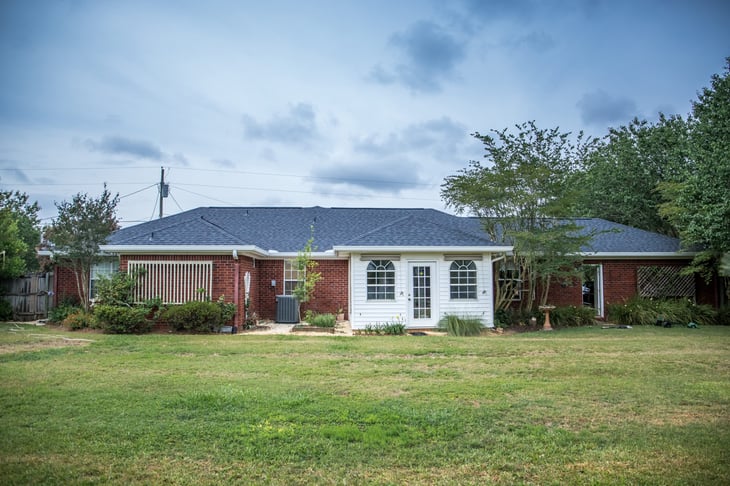
Curb appeal is that all-important first impression of your home. Neglect it, and buyers will drive past and never take a look inside.
Do this: Trim lawns, pull weeds, plant trees or perennial plants near the front door, scrub the porch and add some planted pots or baskets. Add a new walkway or edge the garden beds. Put fresh gravel on the driveway, and repair cracks in asphalt or concrete drives and walks. Put a fresh coat of paint on the front door.
Cost: A budget of $1,000 will go a long way toward improving your home’s curb appeal. Exterior house paint costs about $20 a gallon and up. Paint the front door or just the trim. Buy new pots, and plant them with colorful annuals. Weed flower beds, and add some new plants. If you’ve still got money in your budget, install new door hardware and a brass kick plate. We have plenty more ideas in “33 Home Upgrades That Cost Less Than $100.”
5. No home inspection

You might think, “Why pay for an inspection? Let the buyer do it.”
But hiring someone to inspect your home before selling lets you spot and address problems and anticipate concerns buyers might have — thus allowing you to avoid buyers nitpicking over issues that their inspection turns up. Also, a positive report is a marketing tool.
Do this: Pay for a professional inspection of the home before putting it on the market.
Cost: $300 to $750 and up, depending on where you live.
6. A cave-like atmosphere
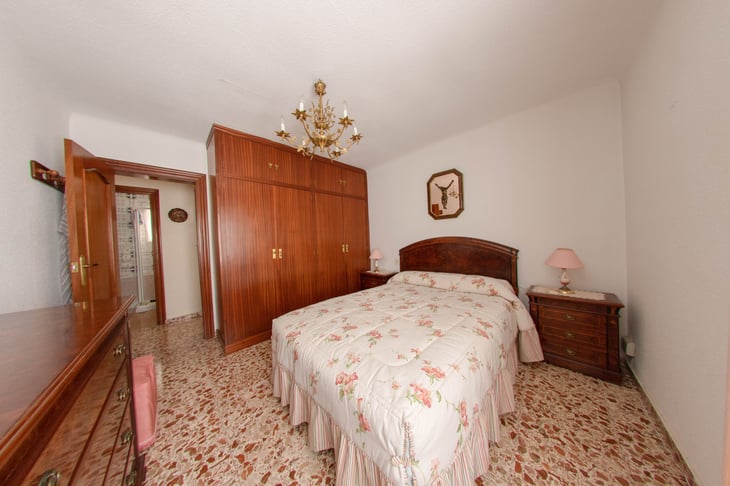
Buyers like to open blinds and turn on lights when touring for-sale homes. They need to get a good look at a property. A dark or dimly lit home appears drab and untended.
Do this:
- Trim shrubs and prune trees near windows.
- Dust blinds, drapes and shutters. Even better, remove and clean them or have them professionally cleaned.
- Replace dated or old window treatments and wipe down light fixtures and switch plates.
- Clean windows and skylights, inside and out.
- Clean, polish and repair interior and exterior light fixtures.
- Replace old or damaged lampshades, light fixtures and dead bulbs.
- Upgrade the wattage of bulbs in lamps or fixtures where more light is needed.
- Install dimmer switches in bedrooms, the living room and dining room for added atmosphere.
- Repair stuck windows so they open easily.
- Replace torn screens.
Cost: Depending on where you live, you could pay from $15 to $30 an hour and up for household and garden help. Or, do it all yourself if you’re able.
7. Old carpeting
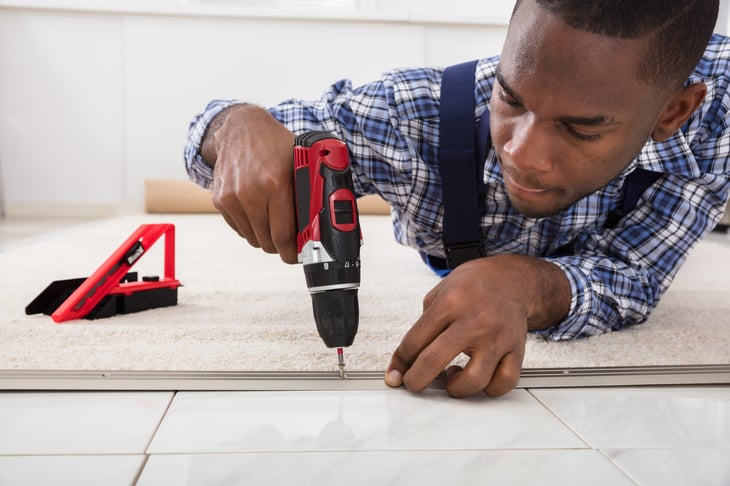
Replacing carpets is among the top improvements recommended by real estate agents.
Do this: Choose light, neutral colors. If you can’t replace carpets, clean them thoroughly.
Cost: The cost of new carpeting varies around the U.S., but it’s easy to get an estimate from installers. Some stores offer free installation with a minimum purchase.
8. Ugly paint

Dingy or peeling paint probably won’t stop a home from selling. But buyers are likely to calculate the cost of the job and want it deducted from your sale price.
Do this: If possible, repaint inside and out. For a quick fix, clean the exterior thoroughly with a power washer.
Cost: Renting a power washer costs well under $100 a day.
9. Undone repairs

Home shoppers like to turn on lights, flush toilets and run the water. If these basic things don’t work, they may assume you’ve skipped other maintenance. Homes that appear neglected aren’t likely to fetch top price.
Do this: Make simple fixes to missing caulk or tile, broken or missing hardware, leaky faucets and creaky drawers. Make sure everything in the house works.
Cost: Spend a few dollars on hardware parts and caulk or a few hundred dollars on plumbing and electrical repairs to get your home ready to sell.
10. A too-high price

An excessive price is the kiss of death, even in a hot market.
List your home too high, and you’ll probably have to drop the price, which creates an air of desperation, encouraging buyers to try bargaining you down.
Do this: Attend five or six open houses in your price range to get a close look at what buyers in your bracket can expect for the money.
Cost: A few weekend afternoons.
11. Popcorn ceilings
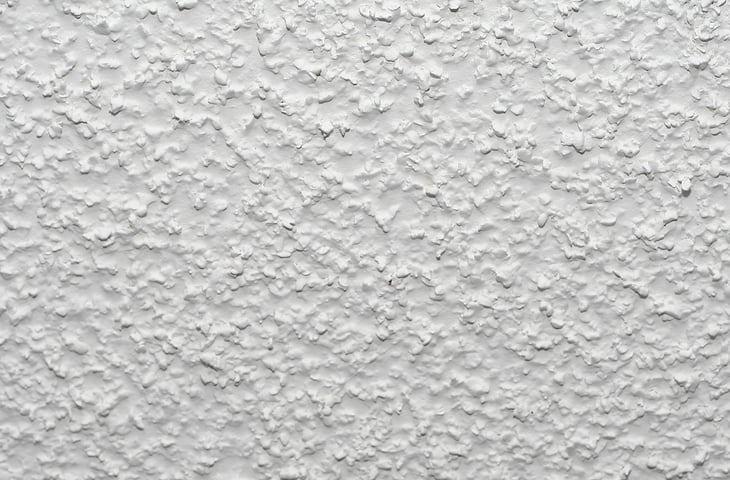
Not only are these relics unattractive dust magnets but — in homes built in the mid-1980s and before — they could contain asbestos, a flame-retardant insulation that is a carcinogen.
Popcorn ceilings are the butt of many a joke. Buyers hate them, real estate agents say, and they are the sure sign of an unimproved home.
Replacing an asbestos ceiling isn’t always feasible. If it isn’t crumbling, the Environmental Protection Agency advises leaving it alone. Even if you cover it up, state law may require you to disclose the presence of asbestos when you sell, and that could discount your home’s value.
Whether the steep cost of removing the asbestos is worth it depends on the home and the market. Ask a local real estate agent for advice.
Do this: If you decide to remove an asbestos ceiling, it’s best to hire specialists. Exposure is dangerous. If you decide to do it yourself, contact your state or local health department for laws and guidelines on removal and disposal.
Cost: An inspection costs at least $200 to $800, with added fees for additional inspections and lab analysis, says HouseLogic, which adds:
“Complete removal in a 1,500-square-foot home with asbestos everywhere — walls, floors, ceilings, attic, roof, pipes — could be as high as $15,000 to $30,000.”
12. Brass
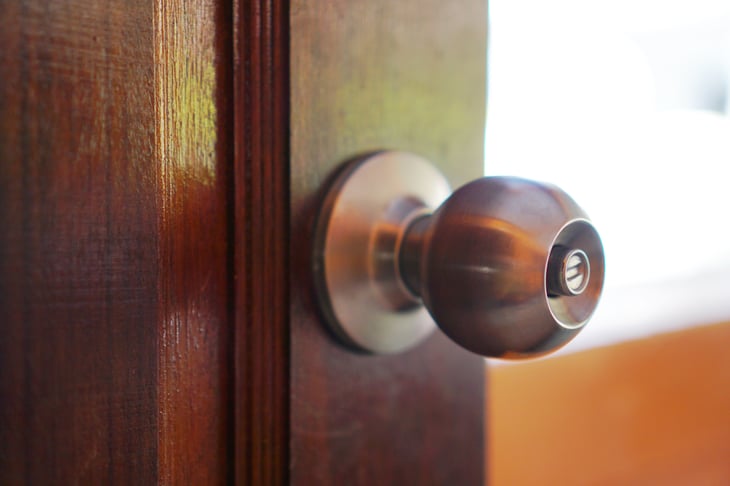
Brass fixtures — light fixtures, hinges, door handles and knobs, kitchen and bathroom fixtures — once marked a tasteful home. Now, they’re thought by fashionistas to be undesirable. Shiny is out. Duller finishes, like brushed nickel, are very in.
“When a buyer looks at [a] home with brass fixtures, it pretty much screams, ‘I need to be updated,’ and buyers take notice of that,” Realtor Pat Vredevoogd Combs of Grand Rapids, Michigan, tells Money Talks News. “They will factor in an updating value when preparing an offer.”
Do this: De-brass your home. (No kidding, this is a word. It may not be in the dictionary, but home-improvement buffs and real estate agents use it.) Hire someone or take a weekend to do it yourself.
Cost: Combs de-brassed her house. “I believe it cost me about $2,000 for a handyman to change out all the doorknobs, hinges, strike plates, etc., to brushed nickel from brass,” she says.





Add a Comment
Our Policy: We welcome relevant and respectful comments in order to foster healthy and informative discussions. All other comments may be removed. Comments with links are automatically held for moderation.